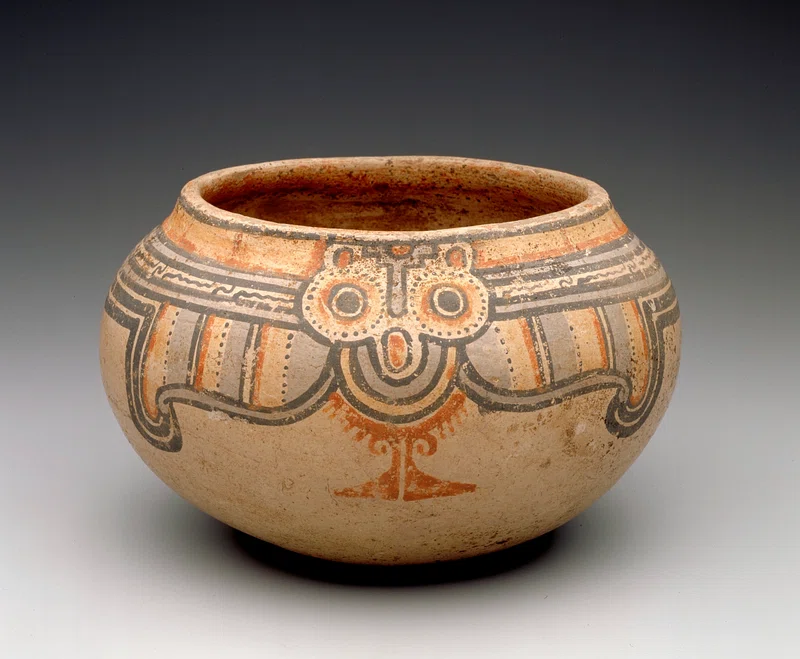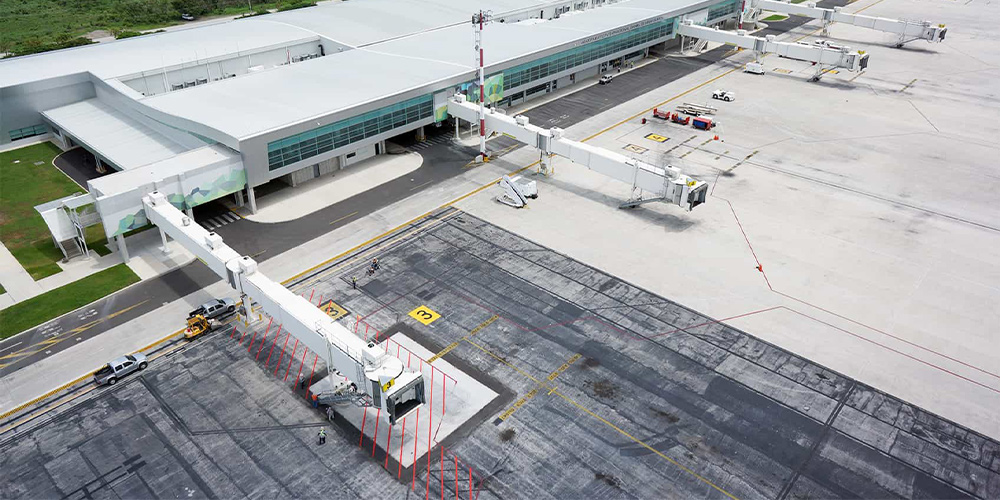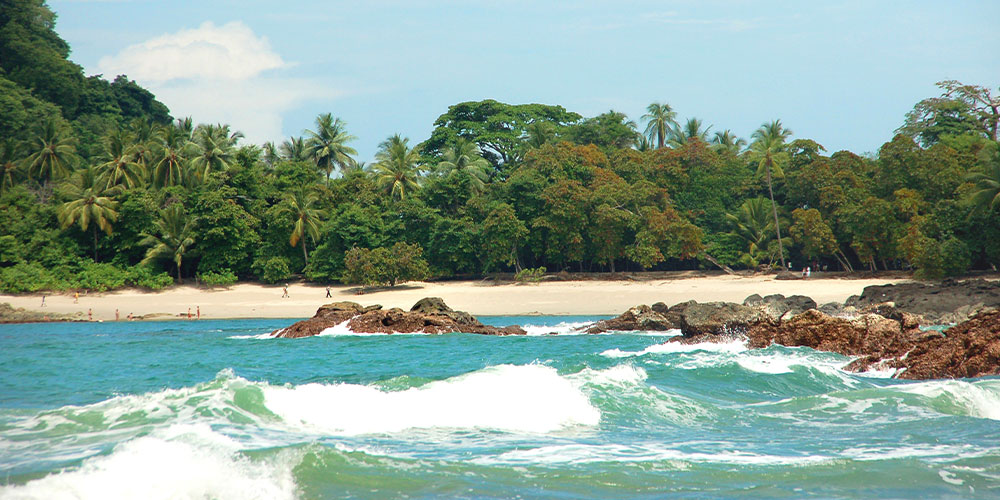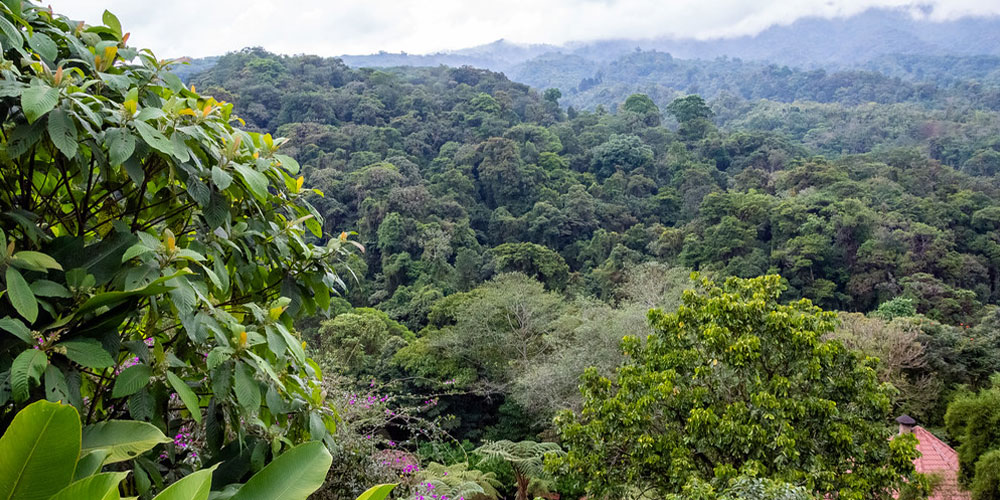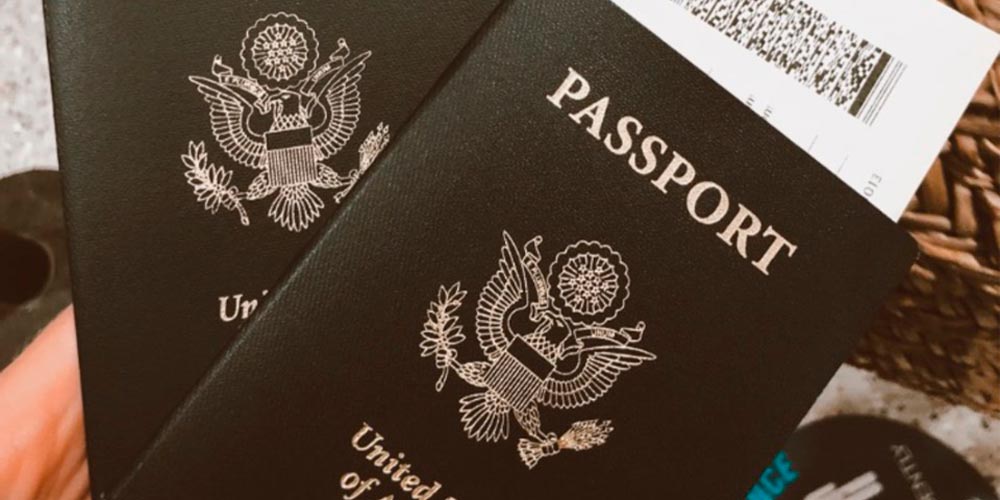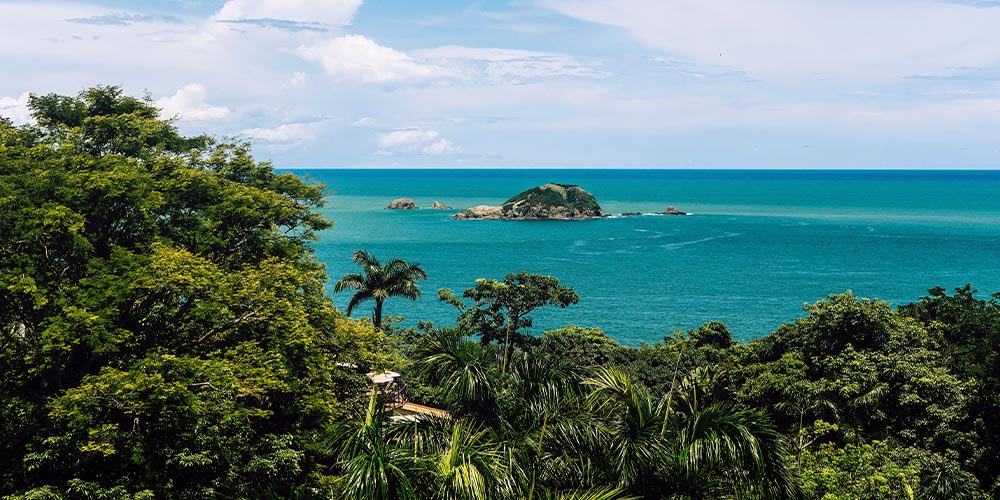Beyond the many natural wonders that bless Costa Rica, the country is also an important historical site for many indigenous groups and their rich cultures. Many of the artifacts from these pre-Columbian communities have been discovered over time in archaeological research but given the colonial nature of 20th Century expeditions, plenty of these treasures were exported to museums and collections in the United States and Europe.
Just recently, Costa Rica has welcomed back a trove of 395 archaeological artifacts, safeguarded in diplomatic premises across Los Angeles, Miami, and Washington DC. These items journeyed back home, marking a significant moment in the country’s cultural restoration efforts in recent years.
Among the returned artifacts are pre-Columbian relics crafted from stone and ceramic. One of the most notable is a remarkable stone sphere measuring approximately 65 centimeters in diameter, alongside metates, jade stones, polychromatic vessels, human and animal figurines, and stone tools. Some of these pieces had been held in diplomatic offices for up to a decade. While most were willingly surrendered, others were confiscated by US authorities and subsequently handed over to Costa Rica through diplomatic channels.
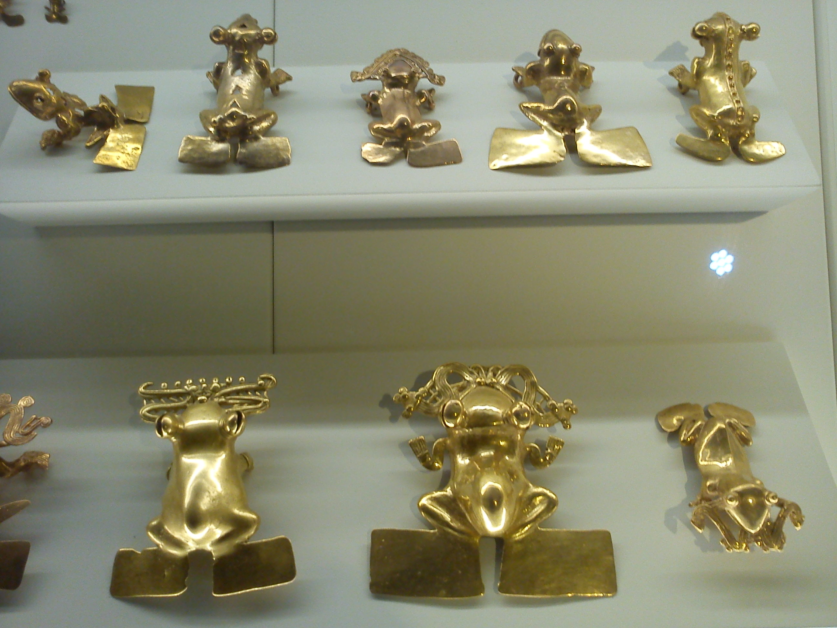
The repatriation endeavor was made possible through collaborative efforts between the Parque Metropolitano La Libertad Foundation and the National Museum of Costa Rica, as well as economic backing from the Cultural Agreements Fund of the United States Embassy. All came together under the banner of the project titled “Management and Dissemination of Pre-Columbian Assets Safeguarded in Costa Rican Diplomatic Premises in the United States.”
Costa Rica’s commitment to reclaiming its cultural heritage extends beyond this recent example. Since 1986, the country has repatriated a total of 3,560 archaeological artifacts from various countries across the Americas and Europe.The significance of this repatriation comes from giving back a part of the nation’s heritage and identity to its people, so they can freely access it and learn more about it. It’s the legacy of Costa Rica’s ancestors, an inheritance that can now be admired and studied by Costa Ricans.
This repatriation enriches Costa Rica’s cultural landscape and underscores the importance of international cooperation in preserving and honoring the world’s cultural heritage. It serves as a reminder of the enduring value of these artifacts, not only as relics of the past but also as bridges connecting us to our shared human history. As these treasures find their way back to where they belong, they inspire awe and admiration while igniting a renewed appreciation for the diverse tapestry of human civilization, and exalt the country’s placing as a cultural destination.

